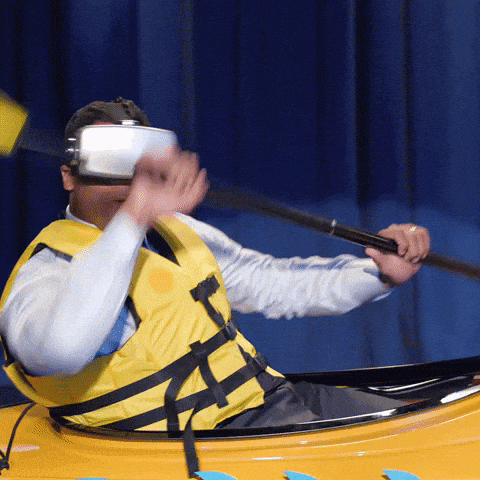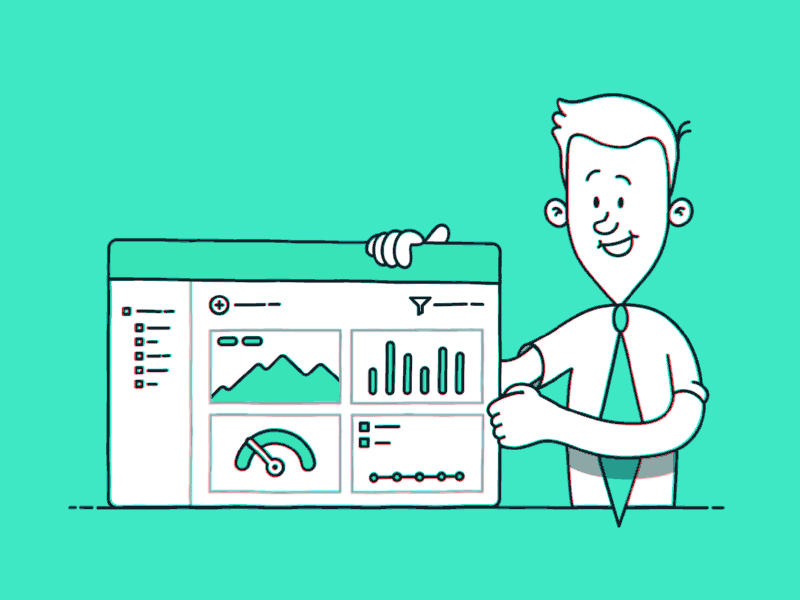What is Experiential marketing or engagement marketing as it is also known? The marketing strategy that directly includes the engagement of consumers by encouraging them to get involved with the brand or brand experience.
This strategy is increasingly growing through various pop-up events and brand activations as it’s becoming very evident that consumers prefer to have physical interaction with a brand or product and elicit an emotional attachment.
The graphic below puts together in a ‘formula’ how to best view experiential marketing and how it affects brand and product perception.
Experiential Marketing Mistakes to Avoid
Below are a few points to consider when preparing for an experiential marketing campaign. Whilst not conclusive, it’s still included the golden nuggets of information that are elemental to the success of the campaign.
The last thing you want is to spend months in preparation and then delivering an event that doesn’t come close to expectations. I cannot recommend enough that you spend a fair share of time planning your next experiential marketing campaign and double checking all stages of it.
Not Focusing on Consumer Experience
This is what will inevitably determine the success of the event. Nothing else. Just this, the consumer experience.
Imagine constructing a whole interactive marketing strategy to engage your consumer yet you wing it and avoid data and facts – your strategy and consumers will be like chalk and cheese.
It’s incredibly vital that you focus on gathering as much information and data first and getting creative after you have confirmed your data and the goals of the campaign. Then you can get creative.
The idea here is that once you factor in the data behind your customer journey and experience, the creative aspect of strategy will become far easier as you know how, when, where and why to engage consumers.
According to Forrester, consumers who have great experiences spend 140% more than consumers who have had a poor experience.
Audience Engagement
Experiential marketing strategies are all about interacting and engaging with your customer. The worst thing that can be done is to run a, for example, pop-up event and just leave it for the consumer to figure things out or better yet, giving them no incentive to take action there and then.
Audience engagement and interaction is essentially the backbone of this method of marketing so it’s vital to have brand ambassadors onboard who are there to help engage the consumer and provide information on the product/brand and the offer.
Some ideas to consider for audience engagement and interaction:
- Free samples and giveaways.
- Recruiting brand ambassadors and product specialists to ensure that consumers are drawn in and then educated so that once they leave, they can remember the product/brand.
- Discounts or special offers.
- Social media ready visuals or props.
These are just a few ideas, understanding your consumer, their journey and the data you have will provide you with the creative freedom to create incredible experiences. Just don’t set it and forget it as many companies do with experiential marketing campaigns.
Leveraging Social Media & Influencers
Experiential marketing is generally a social media friendly practice and because of this, you need to focus on finding influencers and building relations with them.
You can provide the content – product, articles, images, discounts etc – and the influencer can then provide you with a network.
These influencers are capable of amplifying your message and growing awareness in ways that a simple article on your company blog just can’t.
Social media influencers are capable of adding clout to your campaign but also the brand/product itself. Once you have an influencer onboard you also have a way to see how consumers respond and react to your campaign via comments and messages that get left.
Wrong or No Tech Stack
The events industry has plenty of software options for every stage of your campaign. You can run whole events via apps, find and hire crew, measure attendance, review interactions and the list goes on.
Not only this but software can also capture leads for you, manage them and engage with them for the foreseeable future which is why it’s vital you make the switch to software asap.
Data is king and understanding how well your experiential campaign is performing is vital, it’s also imperative that you gather intel on consumers as these campaigns are interactive, you can ask questions and develop further understanding of your target customer.
Event apps to consider:
- Event Management apps – Registration/Promotion
- Promotional Staffing apps
- Engagement – Surveys/Polls
Lack of Tracking ROI
The quintessential success metric of marketing is ROI. Experiential marketing campaigns tend to have high costs associated with them due to the interactive nature of the campaign, therefore, understanding how well the event has done requires focused data tracking.
As mentioned above the software stack will make understanding the success of the event easy to see, it will help to make event decisions easier, it will provide clear cost-cutting measures and provide insight into what works and what doesn’t as marketing continues post-event.
A scary statistic via The Event Measurement & Data University is that only 11% of marketers are using their own data to make important event decisions. Don’t be in that 11%.
Poor Staffing
Consumers are smart, so they know when an influencer has been hired to become an ambassador and it’s OK. What’s not OK is when asked with product/brand questions they struggle to respond.
Unfortunately, this points the finger at you, as it means not enough training was provided to help educate the ambassador. Training these individuals is one of the best investments that can be made for an experiential campaign.
Let’s say for example you are running a brand activation on a busy street, consumers need to be engaged and educated quickly.
With a small timeframe, the last thing you need is to have staff that can read a script but cannot provide any additional information, without a response that consumer is instantly turned off.
Ensure your staff is prepped with the below:
- Provide training materials via online or email.
- Conduct phone or in-person training.
- Offer an online quiz or conduct role-playing activities.
Last Minute Campaign
Pop-up events seem last minute by name and nature but the production and planning of successful events is always a well thought out process. Consider Einstien’s process of spending 80% of his time planning and 20% action you will find that events go smoothly.
However, there will inevitably be events that are last minute which not only falls flat on all areas of the campaign they are also lacking creativity. Without the creativity, campaigns become dry, unappealing and can drive consumers away.
It’s recommended to stick with a 3 – 4 month lead time for an experiential marketing campaign.
Follow-Ups
With experiential marketing campaigns the idea is to gather information from the consumer, understanding their needs, wants and more is vital but it means nothing unless there is a follow-up process.
If the campaign has been a success then you need to tap into the happy, fond memories that the consumer has with your brand. That means you need to give them targeted messages, focusing on the campaign and the consumer to ensure you are not once again alienating them.
There are a number of ideas for follow-up’s but here are a few:
- Email campaigns – offering discounts, prizes or offers.
- Social media outreach – tag in photo’s, target with dedicated ads.
- Letters and information packs – send out additional, relevant print media.
Conclusion
The success of any experiential marketing campaign can boil down to 3 key elements: understanding the consumer, planning well in advance and being critical and leveraging technology to elevate the event.
Experiential marketing will continue to grow in popularity as consumers look to engage with brands beyond e-commerce sites, reviews, and ratings and instead get to grips with things in person. With that, there comes a responsibility to ensure that campaigns are effective and goal orientated.
The pointers in this article are there to point you in the right direction, ensuring you don’t have to learn things with trial by fire but instead leap into the campaign knowing how to make it successful.












